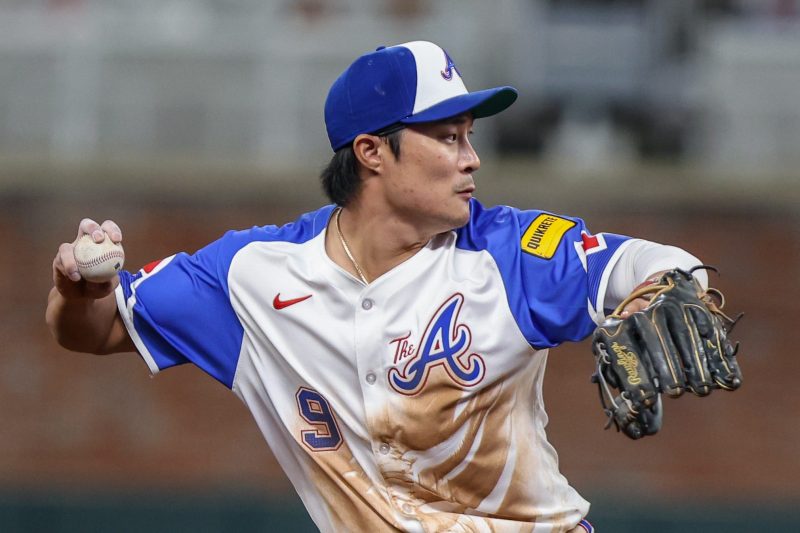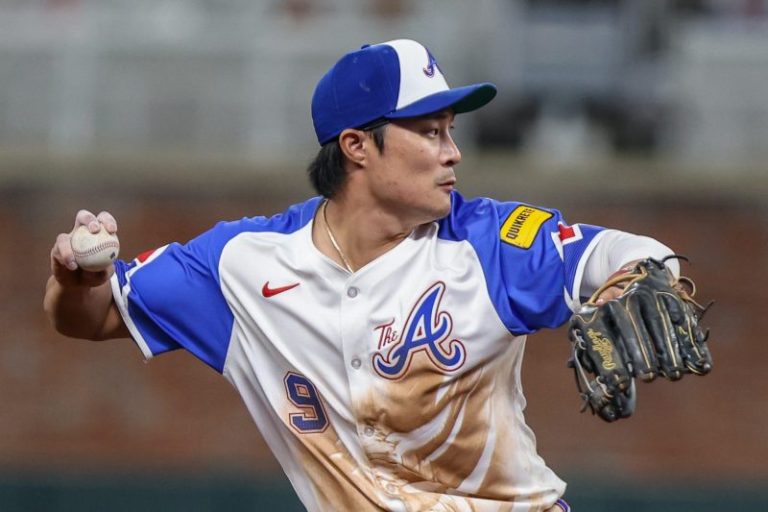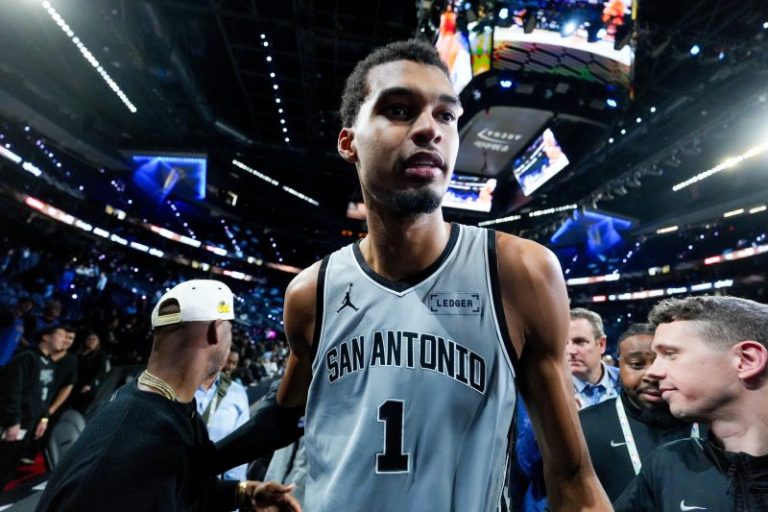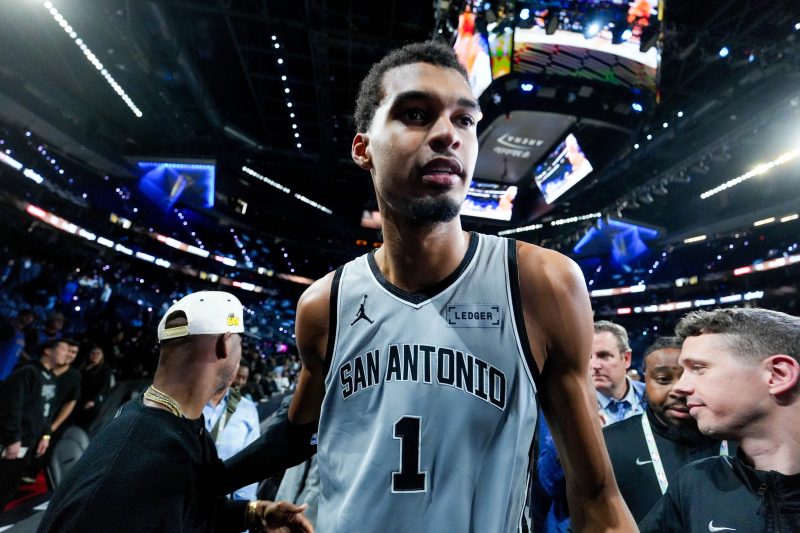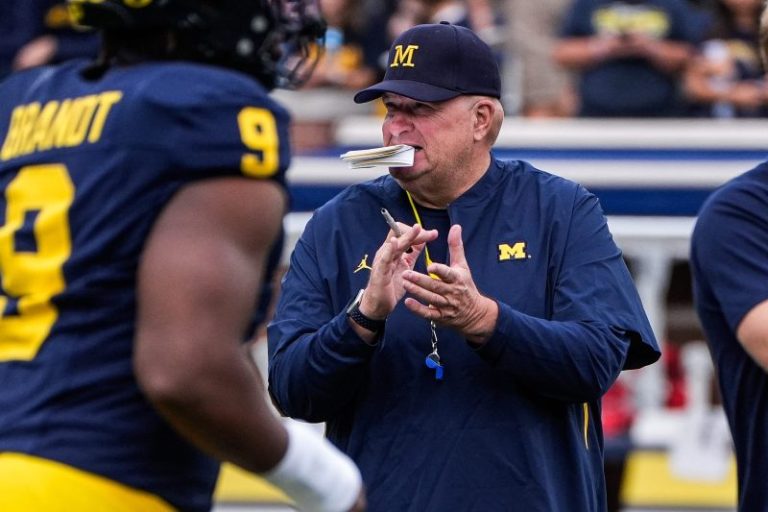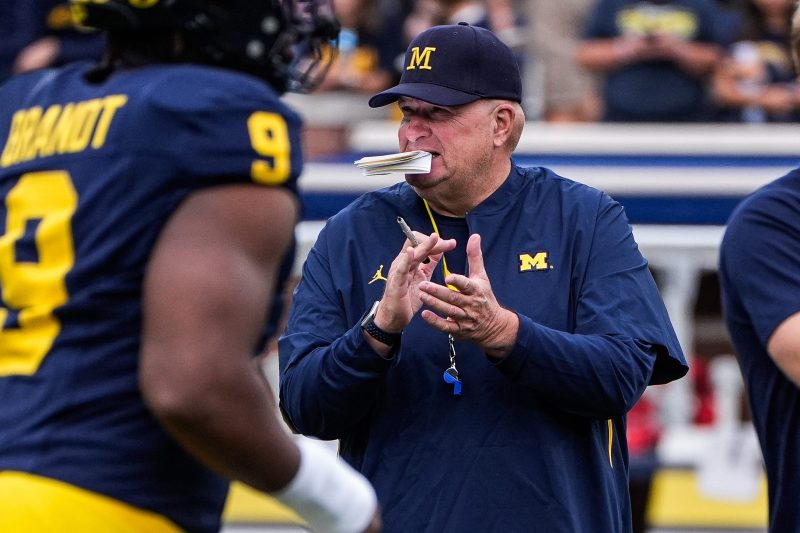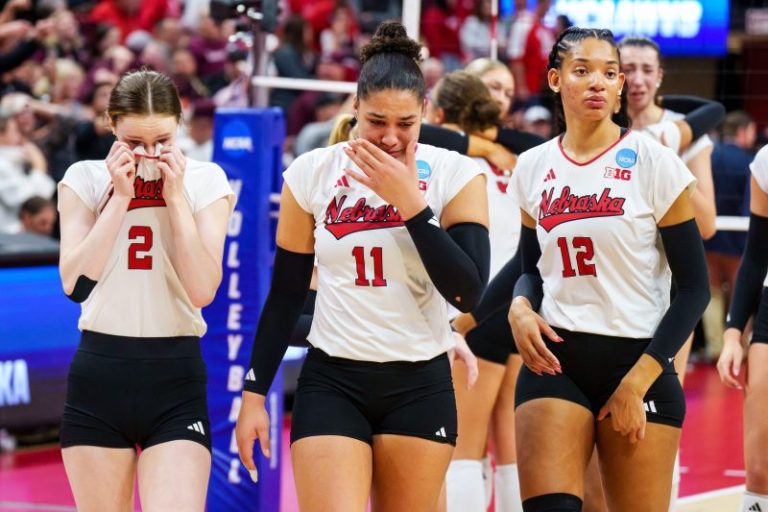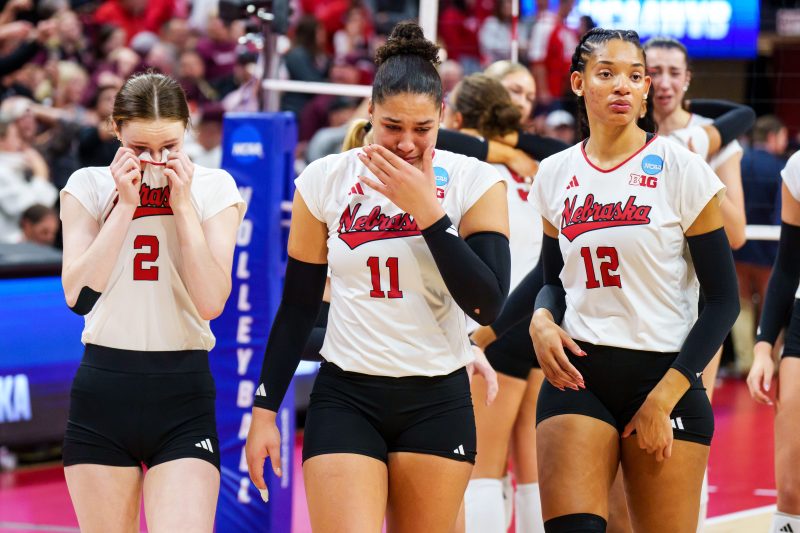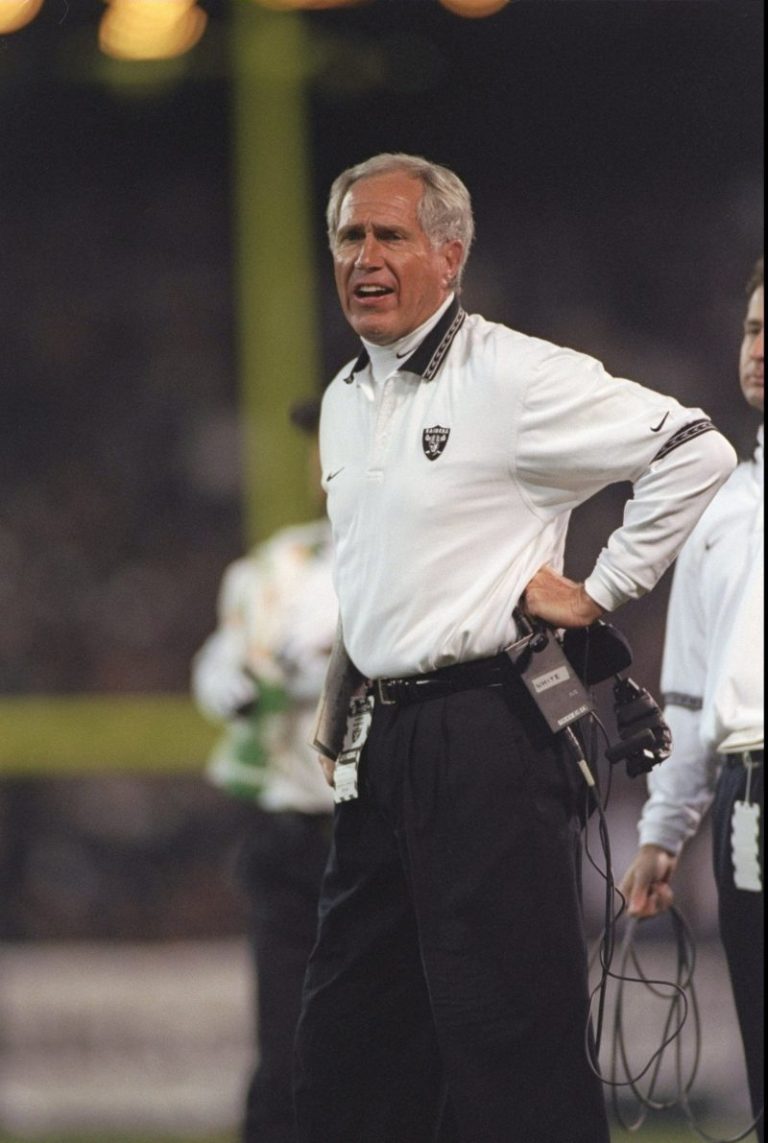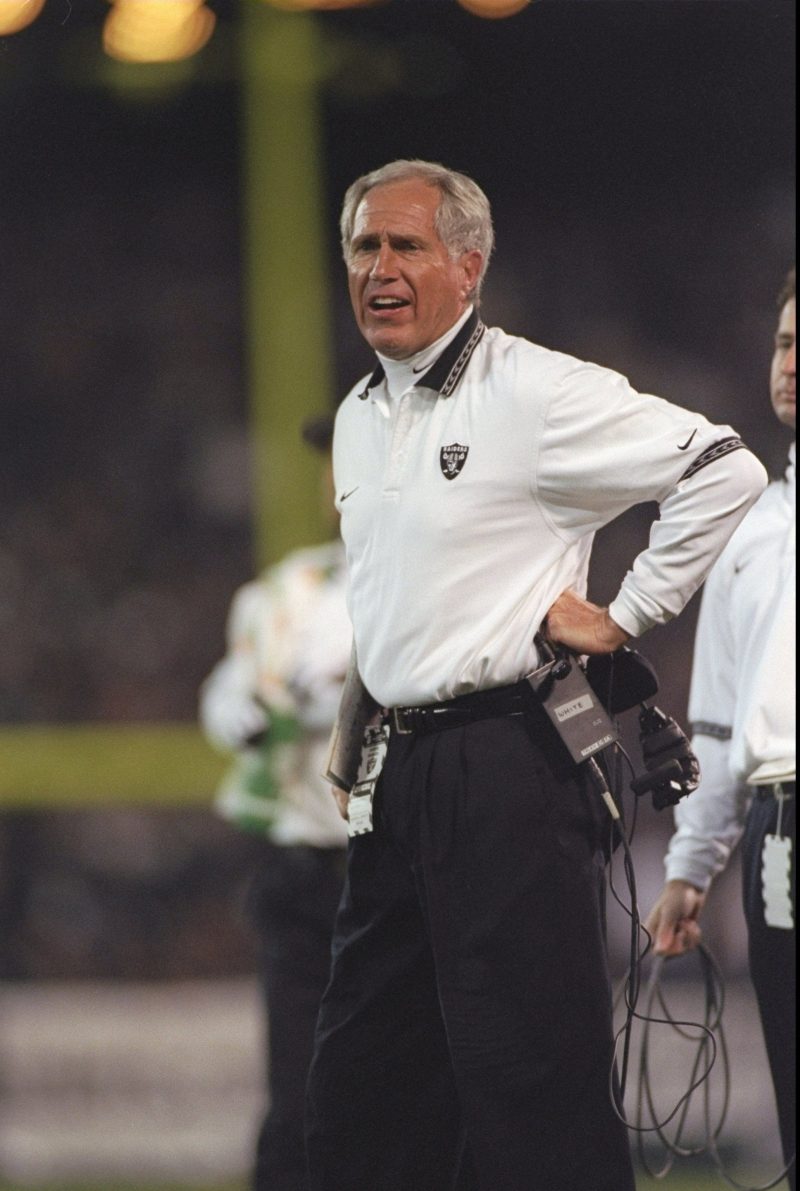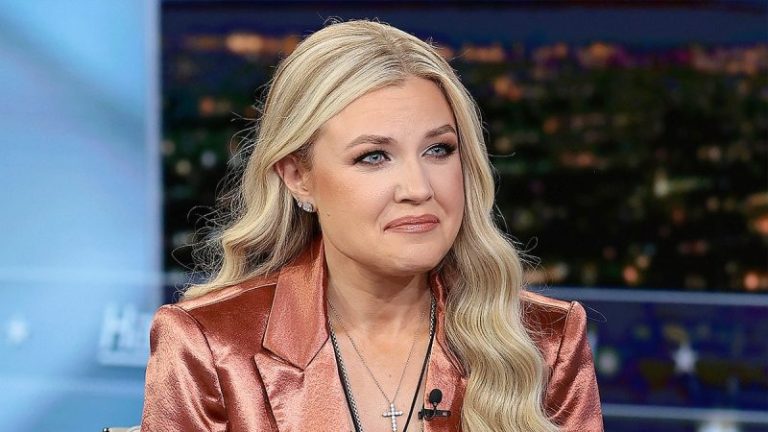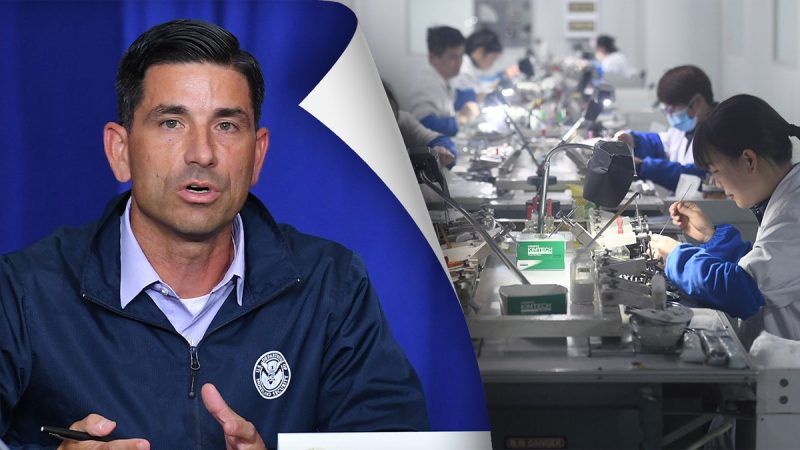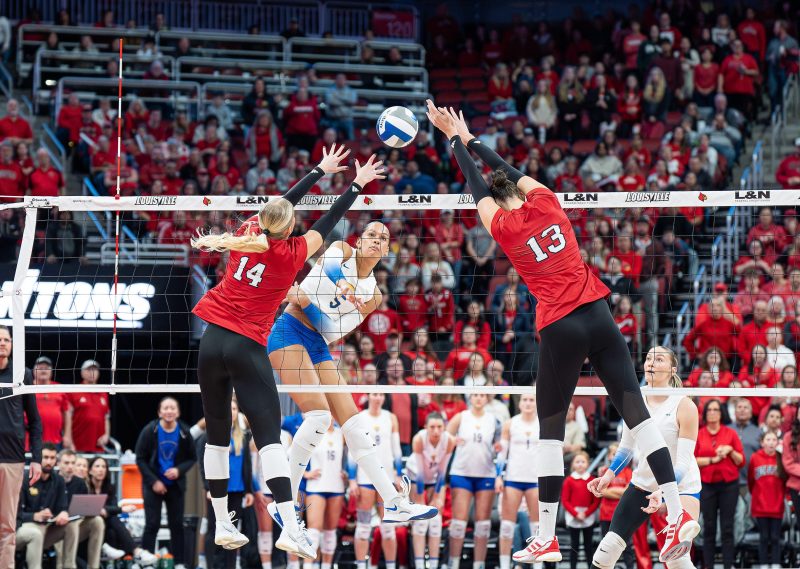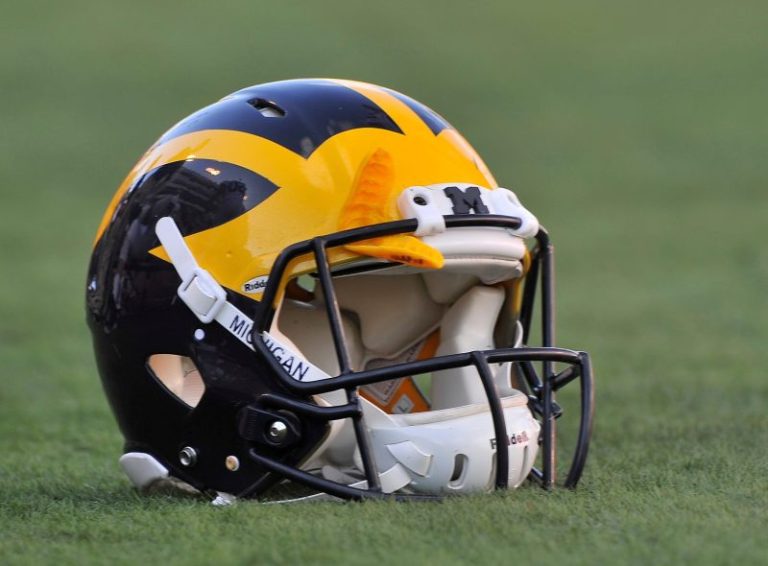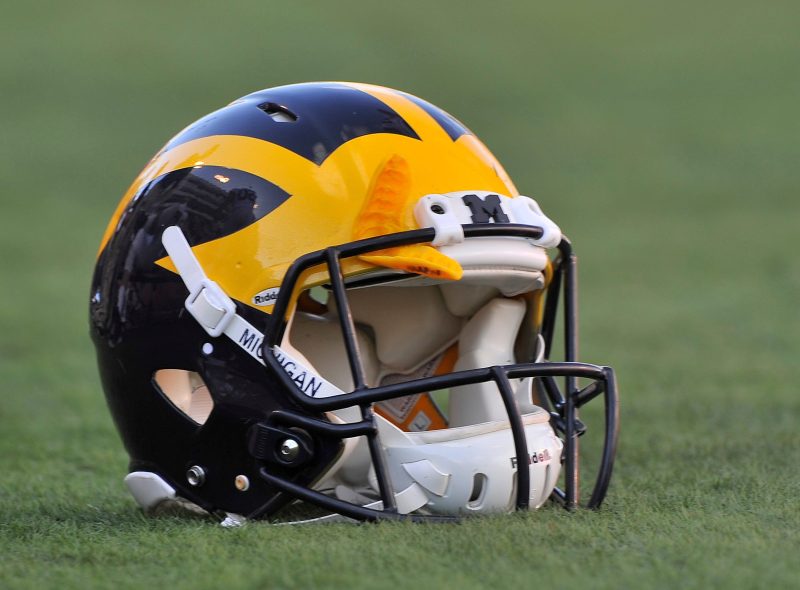
- The University of Michigan hired Jenner & Block, a Chicago-based law firm, to investigate its athletic department after football coach Sherrone Moore’s firing
- The firm’s initial investigation into Sherrone Moore and his relationship with a female staff member turned up nothing.
- Jenner & Block also investigated a former Michigan president in 2022 over similar allegations of an inappropriate relationship with a subordinate
Michigan football coach Sherrone Moore’s firing and subsequent arrest stemming from his relationship with a team employee is just the latest in a cascade of scandals to embroil the Michigan athletic department in the past several years.
The football program was punished for a sign-stealing scandal and recruiting violations, the men’s hockey coach was found to have created a toxic environment, a football co-offensive coordinator was fired and federally indicted for stealing intimate photos of female athletes, and the men’s basketball coach faced a Title IX complaint and was investigated for an altercation with a staff member.
And that’s just the past three years.
To examine why this keeps happening, Michigan has hired Chicago-based law firm Jenner & Block, which opened the initial inquiry into Moore this fall, to investigate the entire athletic department.
If the name of the firm sounds familiar, it might be because of its previous ties to the university.
Jenner & Block also helped to investigate former Michigan president Mark Schlissel, who was fired in early 2022 after he was found to have violated university Policy No. 201.97 by having an inappropriate relationship with a subordinate — the same policy Moore is accused of violating.
Moore was fired on Dec. 10 after his ex-girlfriend, an employee of the football team, came forward to the university with proof of their yearslong relationship. Moore then broke into the employee’s house and threatened to kill himself, according to the police report. He was arrested and charged with felony home invasion, misdemeanor stalking and misdemeanor breaking and entering.
Jenner & Block’s initial probe into Moore turned up nothing after both Moore and the staffer denied their relationship, raising questions about how effective the firm will be at getting to the root of the athletic department’s cultural issues.
The investigation could have implications for Michigan athletic director Warde Manuel, who has been in charge since 2016 and so far kept his job through the fallout from Moore’s firing.
How much will the investigation cost Michigan?
Jenner & Block’s services aren’t cheap. In the firm’s Dec. 2021 letter of engagement to U-M from the Schlissel case, attorney Anne Cortina Perry listed her hourly rate as $1,250 in 2022 — not including out-of-pocket expenses, internal charges and costs for outside consultants. Cortina Perry noted the university would be granted a 15% discount on hour-based fees for paying its monthly bills within 30 days.
The letter said Jenner & Block’s investigatory fees “are not in any way contingent upon its successful completion or outcome.”
The investigation revealed dozens of emails Schlissel had sent from his university account to a female employee with whom he was in a relationship. Michigan ultimately agreed to a settlement with Schlissel that paid the ousted president about $925,000 in deferred pay and benefits.
The specific cost of Jenner & Block’s independent investigation into Schlissel was not disclosed; however, considering the expanded scope of the current investigation and the likelihood fees are higher now than three years ago, Michigan could end up paying the firm hundreds of thousands of dollars, if not millions.
Michigan regent calls for transparency
Jordan Acker, a member of Michigan’s Board of Regents since 2019, called for transparency in Jenner & Block’s ongoing investigation in a Dec. 13 social media post.
“My expectations are clear: the findings of that investigation must be made public,” Acker wrote in part. “Transparency is essential to restoring trust and meeting the expectations of the people of this state, our students, our faculty, our alumni, and everyone who believes in the values this university is supposed to represent. Anything less would fall short of who we claim to be.”
The university did not immediately respond to an email from USA TODAY on Dec. 15 asking whether results of the investigation would be made public, but there is some precedent for at least partial transparency.
When announcing Schlissel’s firing in January of 2022, Michigan’s board posted his termination letter on its website along with 118 emails uncovered during the investigation. The full report from Jenner & Block was not released publicly.
Jenner & Block background
Beyond its experience with Michigan, Jenner & Block has a history of high-profile investigations and lawsuits.
The firm often represents private and public universities in internal investigations, Congressional inquiries, NCAA enforcement defense and Title IX and sexual misconduct litigation. Jenner & Block represented Northwestern in a wrongful termination lawsuit filed against the school by former football coach Pat Fitzgerald, which ended in a settlement reached this August.
Jenner & Block has a Culture Risk and Sensitive Investigations Group that works with clients in education and other industries. According to the firm’s website, the group, “specializes in conducting nuanced investigations and reviews that uncover what is actually happening within an organization, including whether that on-the-ground experience is inconsistent with the direction from company leadership.”
In March, the Trump administration targeted Jenner & Block with an executive order that attempted to block the firm from doing business with the government because the firm formerly employed a prosecutor who investigated the president’s 2016 campaign. A federal judge ruled the order unconstitutional.
Lawyers from Jenner & Block are also representing Harvard in legal fights against the Trump administration over foreign student enrollment.
This post appeared first on USA TODAY
